Our Heritage
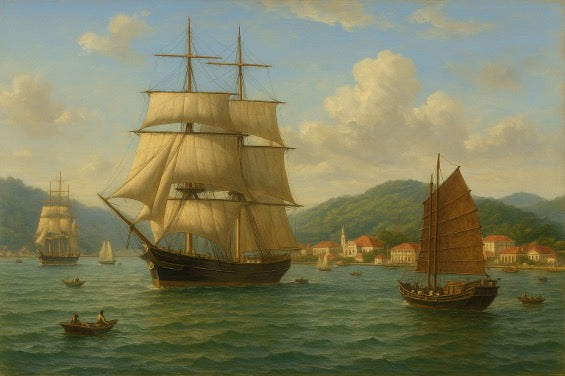
From Sailing Ships
It all began in the fifth century. Sailing ships plied goods from pepper to opium between West Asia and China. With the rise of Penang, Singapore and Malacca as three ports in the Straits of Malacca, the Straits Settlements comprising these ports were established in 1826. The immigration of traders resulted in intermarriages and the birth of “Straits-born” Chinese. The women were called Nonyas and the men, Babas.
And so began a mélange of religion, customs, cuisines, language and architecture. What about the term “Peranakan”? Derived from the Malay root word “anak” meaning child, “Peranakans” apply to descendants of immigrants who are native by birth, in Malaya and Indonesia. So, eg. a Baba is a Peranakan but not all Peranakans are Babas.

Of Phoenixes, Peonies & Pomegranates
A Phoenix is a mythical bird symbolizing rebirth, righteousness and rites. Flying across all seas, it is believed that peace will prevail in the world whenever the divine phoenix appears. Peonies symbolize happiness and prosperity. Acknowledged as the king of flowers, they are often depicted in embroidery and porcelain. Pomegranates stand for riches over generations. A ripe pomegranate fruit is said to contain 100 seeds. In ancient times, it is believed that these seeds refer to a person with many descendants.
Phoenixes, peonies and pomegranates are three of the most treasured symbols in Peranakan culture. They are core to Nonyanita – happiness that we wish to bring in our own little ways, rites in custom and the richness of the Peranakan culture that we hope to help preserve.
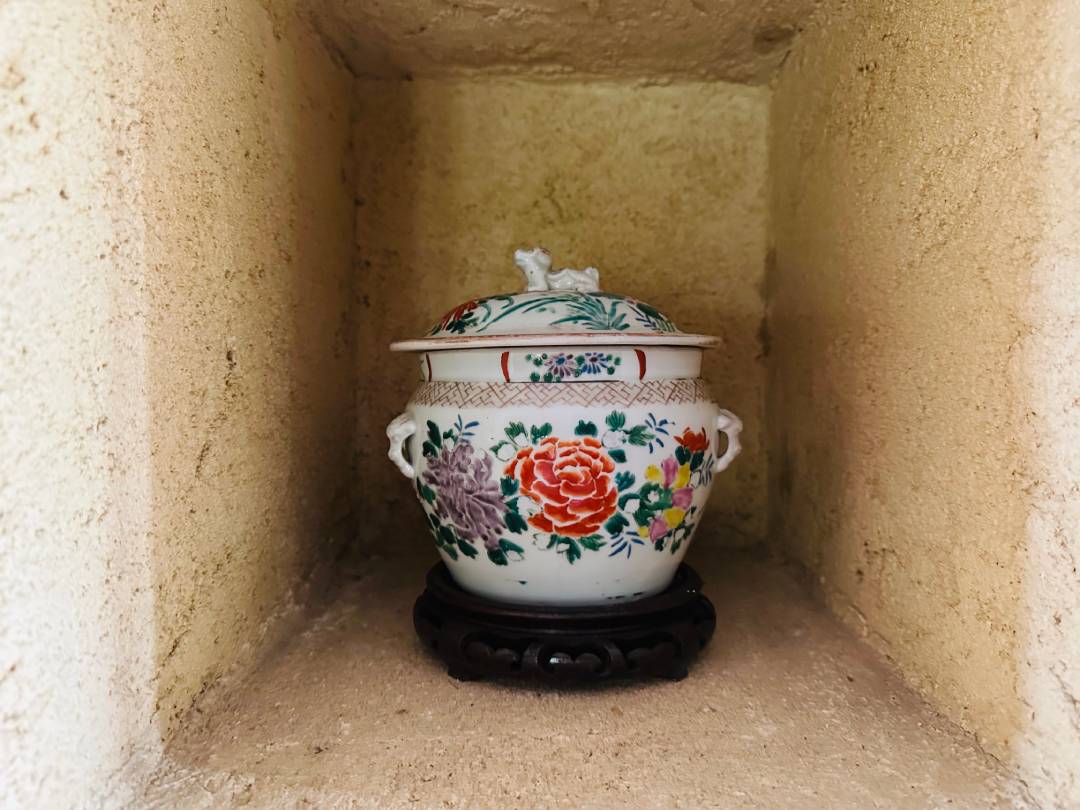
NONYAWARE
Kamcheng Pot
One of the most iconic Nonyaware, this family heirloom is typical of the porcelain of those days. Often commissioned from China, they are decorated with motifs symbolizing happiness and good fortune as these pieces were meant for festive occasions. Peonies take central place in the decorative design on my mother’s kamcheng pot (seen here).
The Qilin, often referred to as the Chinese unicorn, sitting on top of the pot cover, is a mythical creature in Chinese mythology. It is an embodiment of benevolence, prosperity, and wisdom.
Mum used to store the achar that she made, in this pot, for our consumption. Porcelain is perfect for a vinaigrette based pickle. Today, we store our achar in glass jars.
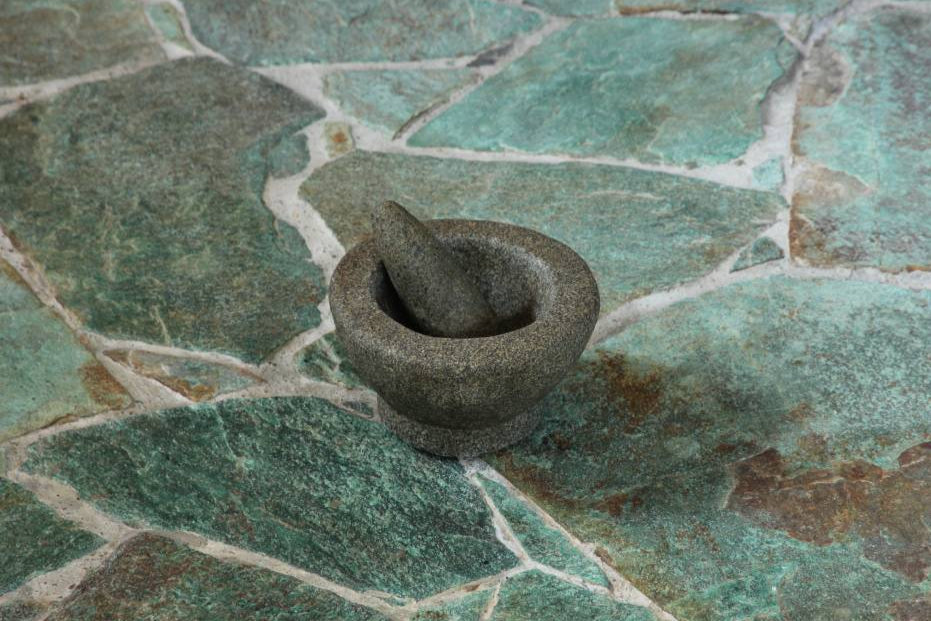
COOKWARE
The Legendary Lesong
Lesong. A stone mortar, paired with a pestle is the symbol of a heritage cuisine craft that is in danger of fast slipping us by. The only tool a Nonya ever needs, to pound, grind or crush to achieve the desired texture of the rempah (spice paste) which is the base of most Nonya recipes.
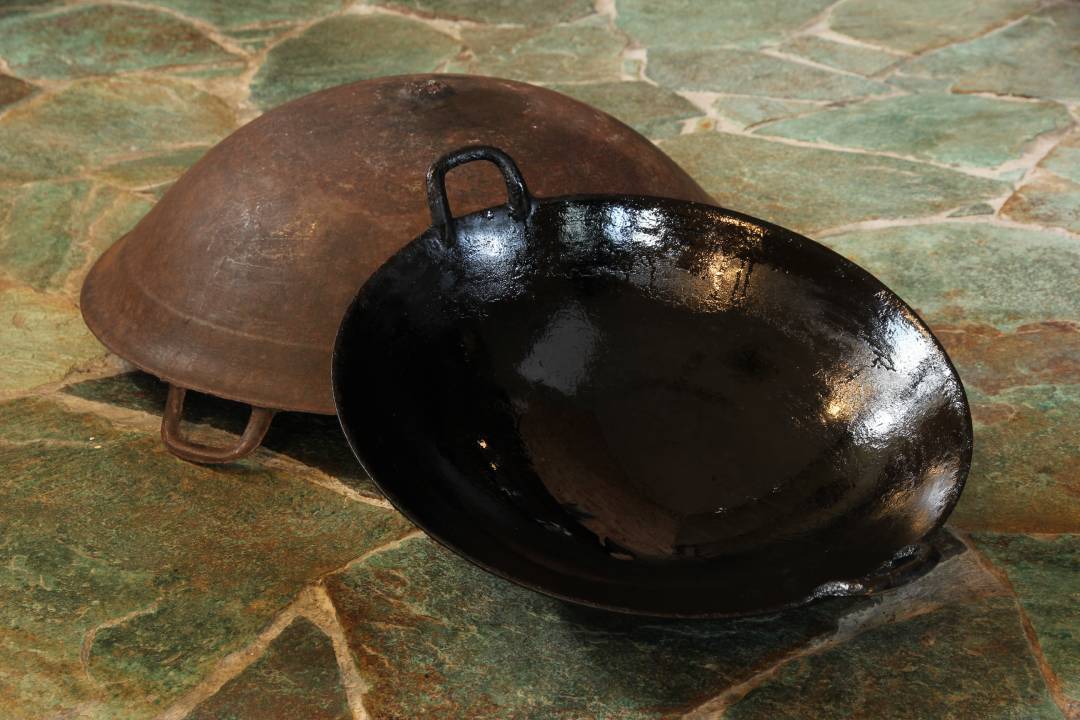
COOKWARE
Way of the Woks
The ultimate utilitarian cookware. Because of its ingenious shape, you could cook anything, in any quantity, in this traditional cast iron cookware. From a handful of chopped garlic to top the Bakwan Kepeting Soup, to an entire wok of Ayam Buah Keluak, replete with gravy!
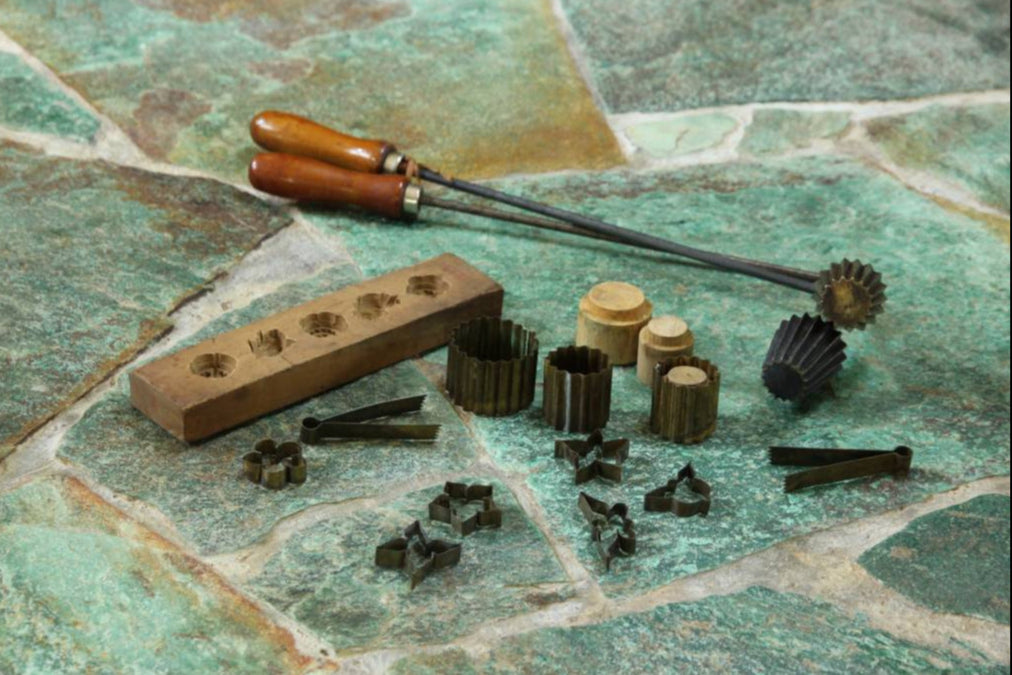
COOKWARE
Old Moulds
From making Kueh Paiti shells, Pineapple Tarts, Kueh Koya to Kueh Bangkek, they are still wrapped in old newspapers – The Sunday Times, June 6, 1993
